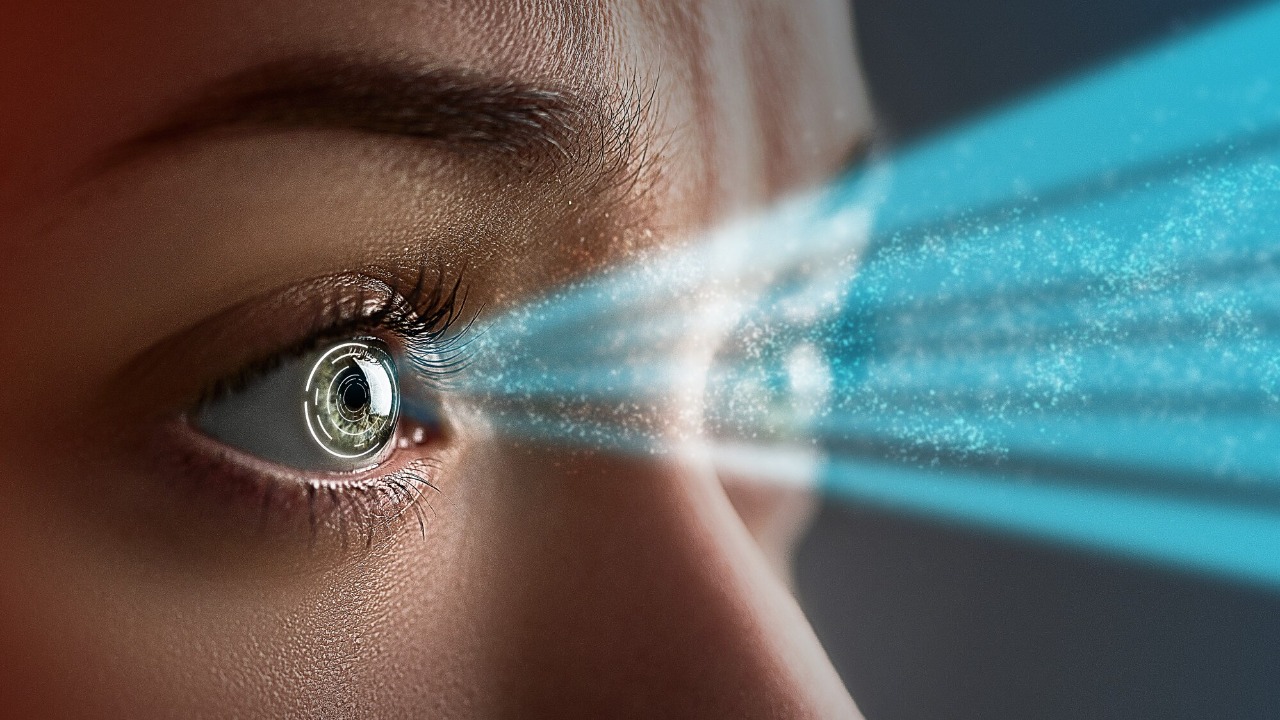
A groundbreaking electronic eye implant has offered a ray of hope to patients suffering from age-related macular degeneration (AMD), a leading cause of blindness in older adults. The device has demonstrated its potential in clinical trials, enabling some blind patients to regain their sight, including the ability to read. This innovative development could potentially transform the lives of millions affected by vision loss.
Understanding the Electronic Eye Implant
The electronic eye implant is a revolutionary device designed to combat severe vision impairment by integrating directly with the eye’s natural structures. It functions as a prosthetic device, bypassing damaged retinal cells to transmit visual signals to the brain, thereby restoring vision for the patient. The early stages of development focused on creating a biocompatible implant that could be surgically placed without major complications, ensuring patient safety and comfort source.
Age-Related Macular Degeneration as a Target Condition
Age-related macular degeneration (AMD) is a progressive condition that gradually destroys central vision, leaving patients legally blind in advanced stages. The condition affects the macula, the part of the retina responsible for sharp, detailed sight needed for tasks like reading or recognizing faces. With over 200 million people worldwide affected by AMD, the electronic eye implant offers a beacon of hope for those who previously had no treatment options to reverse late-stage damage source.
Mechanism of Vision Restoration
The electronic eye implant works by converting light into electrical signals using a microelectrode array positioned on the retina. These signals stimulate the remaining healthy cells in the retina, effectively rerouting visual information to the optic nerve. Unlike traditional visual aids, the device provides direct neural stimulation, improving clarity in low-light conditions and offering a more natural vision experience for the user source.
Clinical Trial Outcomes for AMD Patients
In clinical trials, the electronic eye implant has shown promising results, restoring vision in patients with age-related macular degeneration. Recipients reported improved navigation and object recognition, significantly enhancing their quality of life. In a study involving late-stage AMD cases, participants achieved functional vision gains after a short adaptation period. Importantly, trial data showed no significant adverse effects, confirming the implant’s safety for long-term use source.
Regaining Sight for Blind Individuals
The electronic eye implant has the potential to restore sight to blind patients by reactivating dormant visual pathways. Blind recipients, previously unable to perceive shapes or movement, began identifying basic forms post-implantation. The procedure targets profound blindness from retinal degeneration, expanding eligibility beyond milder vision issues. This development is a significant step forward in the field of vision restoration, offering hope to those with severe vision loss source.
Enhancing Reading and Daily Function
One of the most impactful outcomes of the electronic eye implant is its ability to restore reading vision in AMD patients. For the first time in years, patients are able to discern letters and words, a capability that significantly boosts their independence and quality of life. Post-implant training helped users achieve sufficient acuity for short reading sessions. This capability represents a key milestone, as prior AMD therapies only slowed progression without restoring literacy source.
Broader Implications and Next Steps
The success of the electronic eye implant in AMD trials paves the way for applications in other retinal diseases like retinitis pigmentosa, potentially benefiting a wider patient population. Ongoing research aims to refine the device for wider accessibility, including cost reductions and shorter surgeries. Regulatory approvals could make the technology available to patients within the next few years, transforming blindness treatment globally and offering a new lease of life to millions affected by vision loss source.
More from MorningOverview